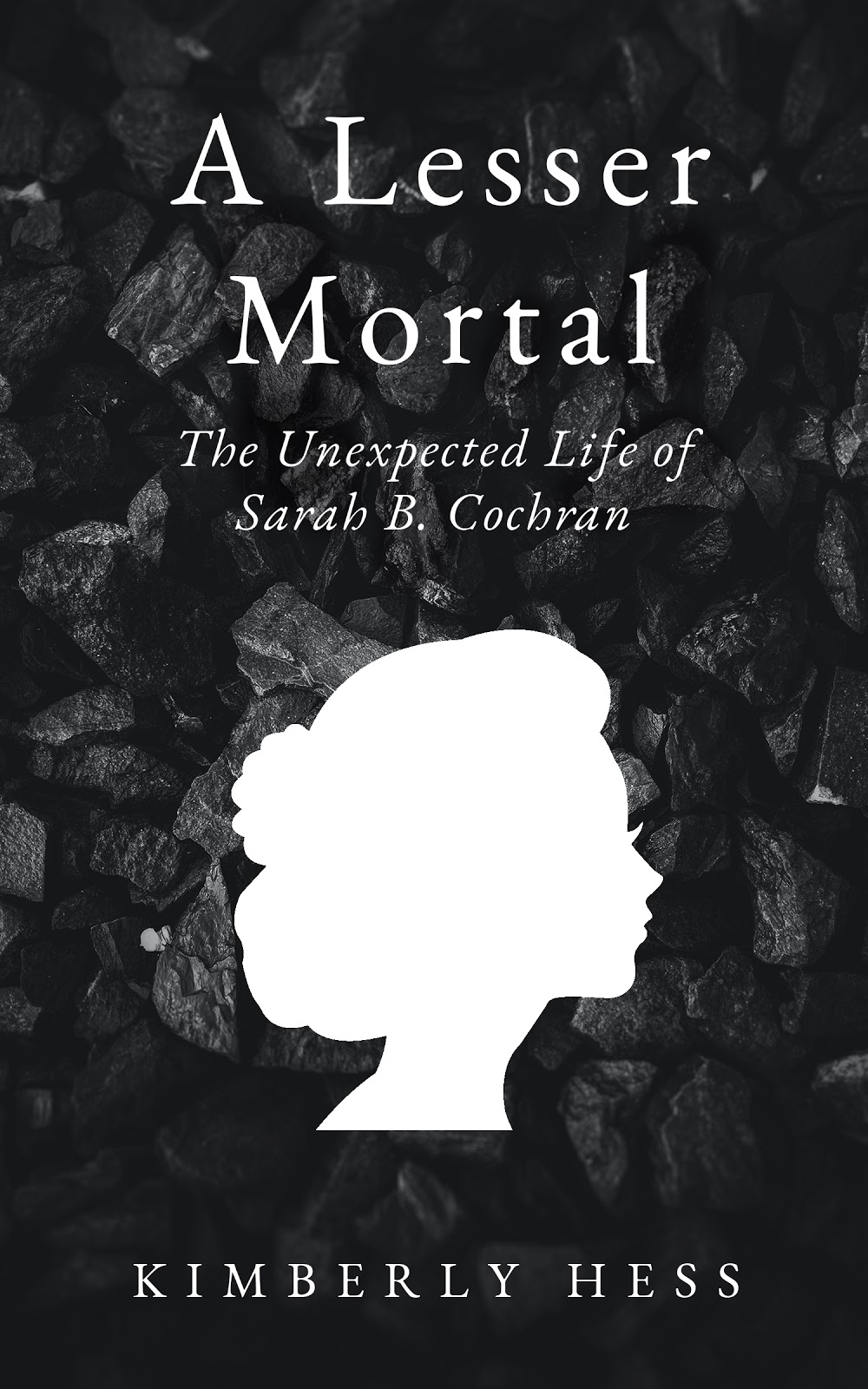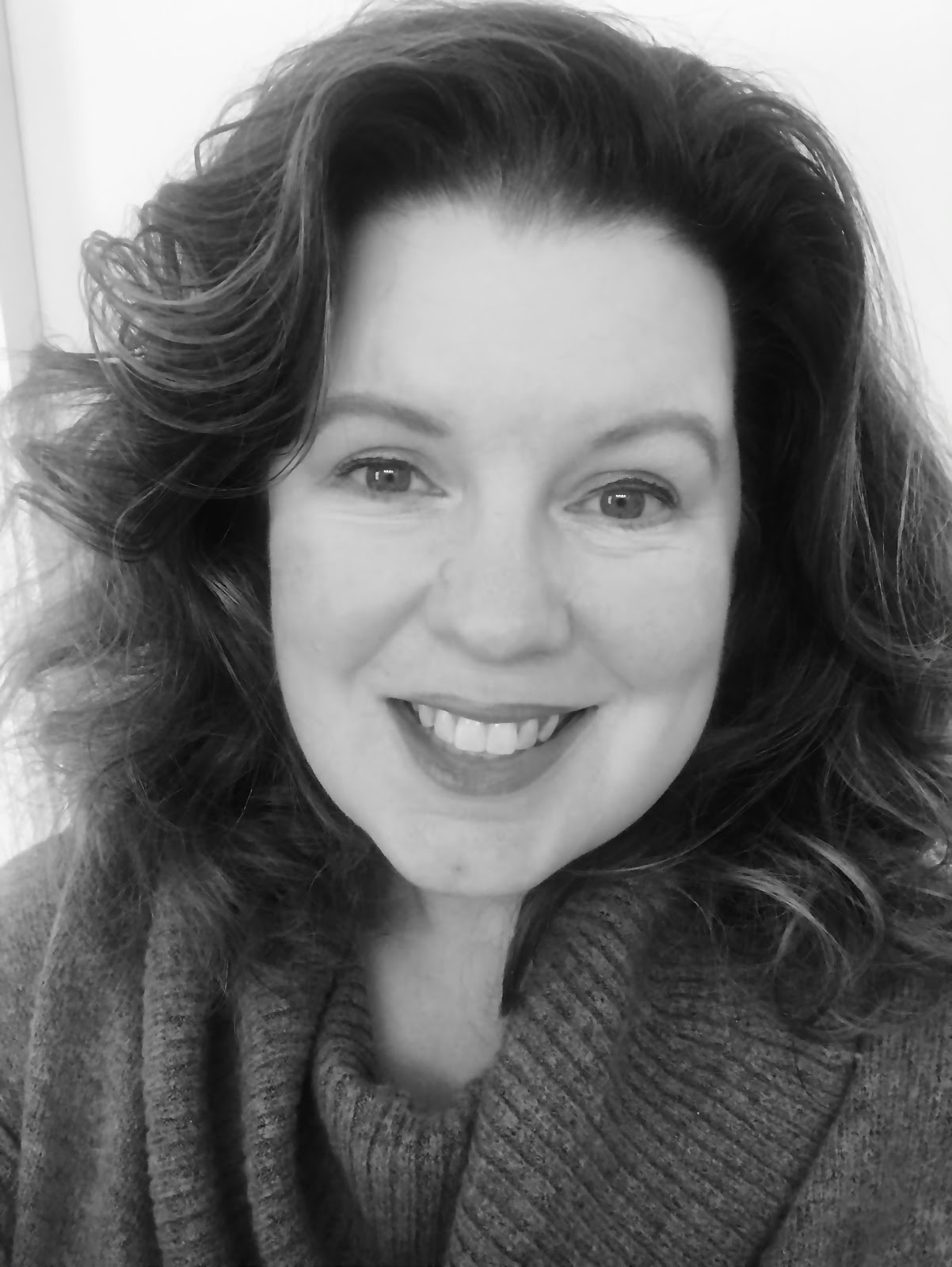Distant relative of the philanthropist tells her life story for the first time
 PRINCETON, New Jersey – No one expected Sarah B. Cochran to push the boundaries of her era’s expectations for women. Born to humble beginnings, she became an unexpected coal and coke industry leader and philanthropist at a time when Pennsylvania women couldn’t vote or serve on juries. Ironically, women were also legally barred from working in and around mines at the time she served as owner and director of successful coal and coke companies. She was an outspoken advocate for education and women’s suffrage, working to ensure that voices like hers were respected and listened to – not silenced.
PRINCETON, New Jersey – No one expected Sarah B. Cochran to push the boundaries of her era’s expectations for women. Born to humble beginnings, she became an unexpected coal and coke industry leader and philanthropist at a time when Pennsylvania women couldn’t vote or serve on juries. Ironically, women were also legally barred from working in and around mines at the time she served as owner and director of successful coal and coke companies. She was an outspoken advocate for education and women’s suffrage, working to ensure that voices like hers were respected and listened to – not silenced.
In 1915, Cochran, who was now a widow, used her powerful position as the “Coal Queen” to open her private estate, where hundreds of men and women gathered to listen to Dr. Anna Howard Shaw speak about women’s suffrage. Cochran’s dedication to higher education showed in her work as a college trustee, Phi Kappa Psi
benefactor and in her quiet financing of young people’s education, including that of author Kimberly Hess’ great-grandmother.
Hess’ “A Lesser Mortal” (May 18, 2021) reveals the little-known story of a woman from American history who was constantly doing the unthinkable – from expanding her company, to becoming a respected benefactor of her community, often rivaling the efforts of more well-known philanthropists such as Andrew Carnegie. A trailblazer who forged her own path, Cochran’s essence is finally captured in this compelling biography.
“A Lesser Mortal: The Unexpected Life of Sarah B. Cochran”
Kimberly Hess | May 18, 2021 | Books Fluent | Nonfiction, Biography
Paperback | ISBN: 978-1-953865-14-4
eBook | ISBN: 978-1-953865-15-1
 KIMBERLY HESS: During her business career of nearly twenty years, Kimberly Hess served in volunteer leadership roles at the global and local levels for Smith College’s Alumnae Association and Office of Admission, and she was a trustee of the Alice Paul Institute and a board member of the Chubb Partnership of Women. Her writing has appeared on the websites of Thrive Global, the National Women’s History Museum and the Forté Foundation, as well as on the blogs of the Women’s Museum of California and the David Library of the American Revolution. She has a B.A. in Economics and International Relations from Smith College, an M.B.A. in Marketing from Rutgers Business School, and a Certificate in Historic Preservation from the Caspersen School of Graduate Studies at Drew University. An avid genealogist and traveler, she lives in New Jersey with her husband and daughter.
KIMBERLY HESS: During her business career of nearly twenty years, Kimberly Hess served in volunteer leadership roles at the global and local levels for Smith College’s Alumnae Association and Office of Admission, and she was a trustee of the Alice Paul Institute and a board member of the Chubb Partnership of Women. Her writing has appeared on the websites of Thrive Global, the National Women’s History Museum and the Forté Foundation, as well as on the blogs of the Women’s Museum of California and the David Library of the American Revolution. She has a B.A. in Economics and International Relations from Smith College, an M.B.A. in Marketing from Rutgers Business School, and a Certificate in Historic Preservation from the Caspersen School of Graduate Studies at Drew University. An avid genealogist and traveler, she lives in New Jersey with her husband and daughter.
In an interview, Kimberly Hess can discuss:
- What drew her to Sarah B. Cochran’s story
- Why Sarah was left out of the historical narrative, and why it’s critical that we now recognize her life and work
- Why this story is important for the region of Pennsylvania, West Virginia, and Ohio
- What readers should take away from this book, in addition to learning about Sarah’s life and legacy
An Interview with Kimberly Hess
1. Why did you choose to write the first biography of Sarah B. Cochran? What drew you to her story?
Initially I didn’t set out to write Sarah’s first biography because I felt like that was a job for a historian or someone living in western Pennsylvania. When I took my husband to western Pennsylvania after we were married, he was amazed that he couldn’t find information about Sarah when he Googled her and encouraged me to write a Wikipedia entry for her. I liked that idea because anyone else could add to it. As I did research, I found new information that led me to want to write more about her. I gave a presentation to the Fayette County Historical Society, and the reactions to the presentation made me decide to write a book. I thought about the unique perspective I could offer: I grew up knowing about her, visiting her mansion and church; her putting my great-grandmother through college might have influenced the educational trajectory for part of my family; I had a business background and an MBA that allowed me to analyze the coal and coke industry; and, I had experience with Smith College, a corporate employee resource group, and the Alice Paul Institute that had informed my perspective about the value of Sarah’s story today and even outside of western Pennsylvania.
2. Why is this topic important for the region of southwestern Pennsylvania, West Virginia, and Ohio?
As a business owner, Sarah is a unique and inspiring person in the region’s history. In
one respect, this is important because Sarah made an impact on the region’s built environment and tried to improve life politically and philanthropically. Being able to better understand the scope of her work, not just what she accomplished in one town or campus, is very impressive. I also think her story is important because as part of the Appalachian region, Sarah’s story is about wealth, philanthropy, and influence that people don’t always associate with the region.
3. You write that, when Sarah’s name is mentioned in historical records, it is usually as a “coal magnate’s widow, not as an accomplished woman in her own right.” Why do you think Sarah was largely left out of the traditional narrative of this time and place in history? Why is it crucial that we tell her story now?
First of all, it’s easy for anyone in that time and place to be eclipsed by Carnegie and Frick, and certainly Sarah wasn’t the biggest self-promoter. But in certain records, evidence of Sarah’s existence or business responsibilities is missing because of the way records were kept and because of assumptions about women’s labor. Pennsylvania mine reports usually named managers, not owners like Sarah; some mining community histories cover women who were miners’ wives, which she wasn’t; and even on the U.S. Census her occupation was sometimes a blank space or the word “None.” So it’s important to tell her story, not only because her story has some universal and timeless elements to it, but because she’s a case study of how someone can become invisible because her reality didn’t fit neatly into expectations.
4. How did midlife experiences contribute to your perspective when writing about Sarah?
When I was researching and writing about Sarah, I realized that we were about the same age when each of our lives changed dramatically. She lost her husband when she was 42 and had to take on the business that he had owned. Then her only child died as she turned 44, and her traditional roles as wife and mother evaporated and her focus shifted. The timing really struck me because I got married for the first time at 40, left a corporate career, and then gave birth for the first time at 42. During my pregnancy, my mother died. For each of us, a new phase in life was beginning in our forties, and certain losses felt like they happened out of sequence. So I started thinking about midlife and the opportunities and challenges associated with it. I see midlife as an opportunity because it’s a time when you’re still relatively young and healthy, and you’ve developed interests, networks, credentials and experience that you can leverage in ways you might not have contemplated twenty years earlier. I couldn’t have written this book in my twenties or thirties because certain personal and professional experiences wouldn’t have happened, yet, to inform it.
5. In addition to learning about the life of Sarah B. Cochran, what do you hope your readers take away from this book?
I hope the book’s existence makes people think about ways to tell the stories of “lesser mortals”–the people who might be historically invisible but whose stories need to be told–in their own communities. There are many ways to make stories like Sarah’s accessible to researchers and the general public. When books and articles aren’t an option, sending artifacts to archives and museums is an option. In the process of writing this book, I sent primary source material to a Methodist archive and sent digital copies of photographs to IUP’s archive.

A former award-winning journalist with national exposure, Marissa now oversees the day-to-day operation of the Books Forward author branding and book marketing firm, along with our indie publishing support sister company Books Fluent.
Born and bred in Louisiana, currently living in New Orleans, she has lived and developed a strong base for our company and authors in Chicago and Nashville. Her journalism work has appeared in USA Today, National Geographic and other major publications. She is now interviewed by media on best practices for book marketing.
